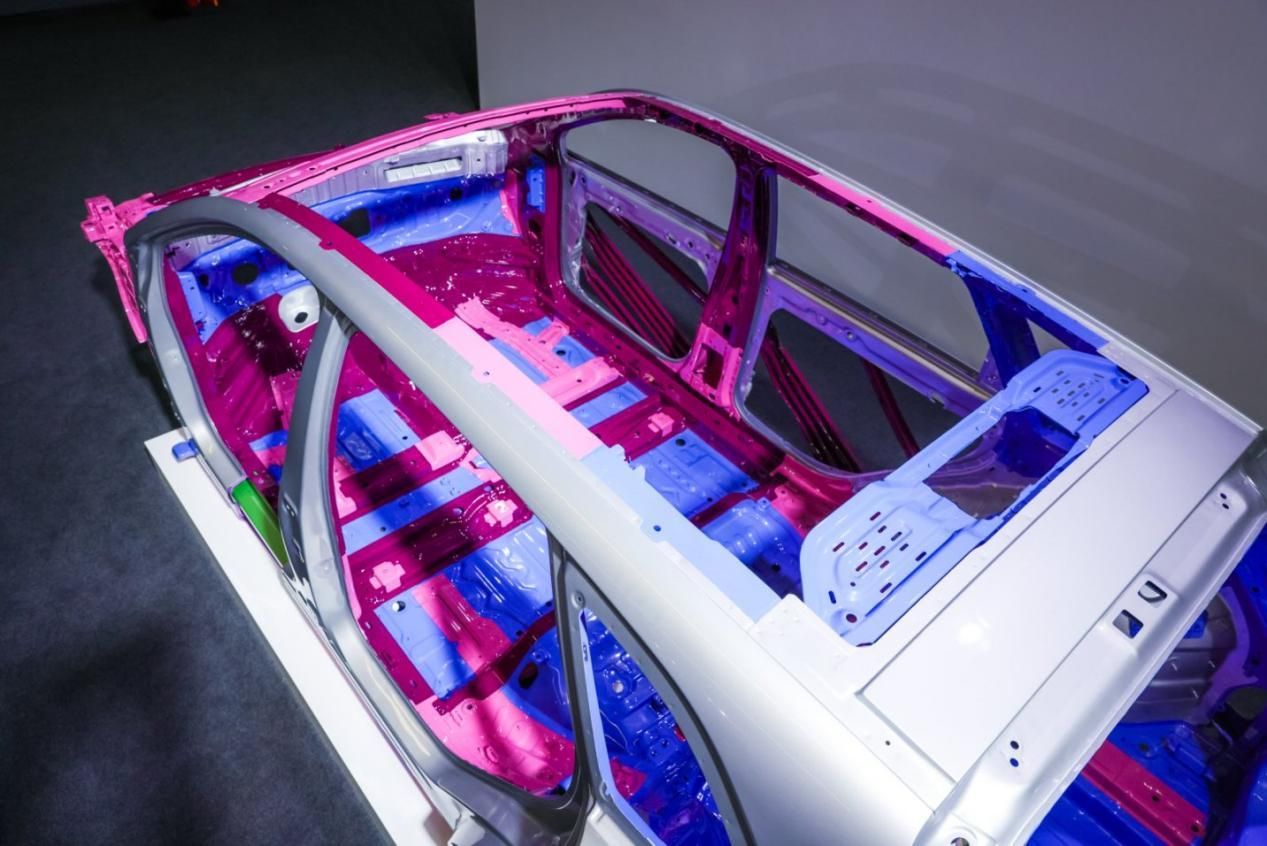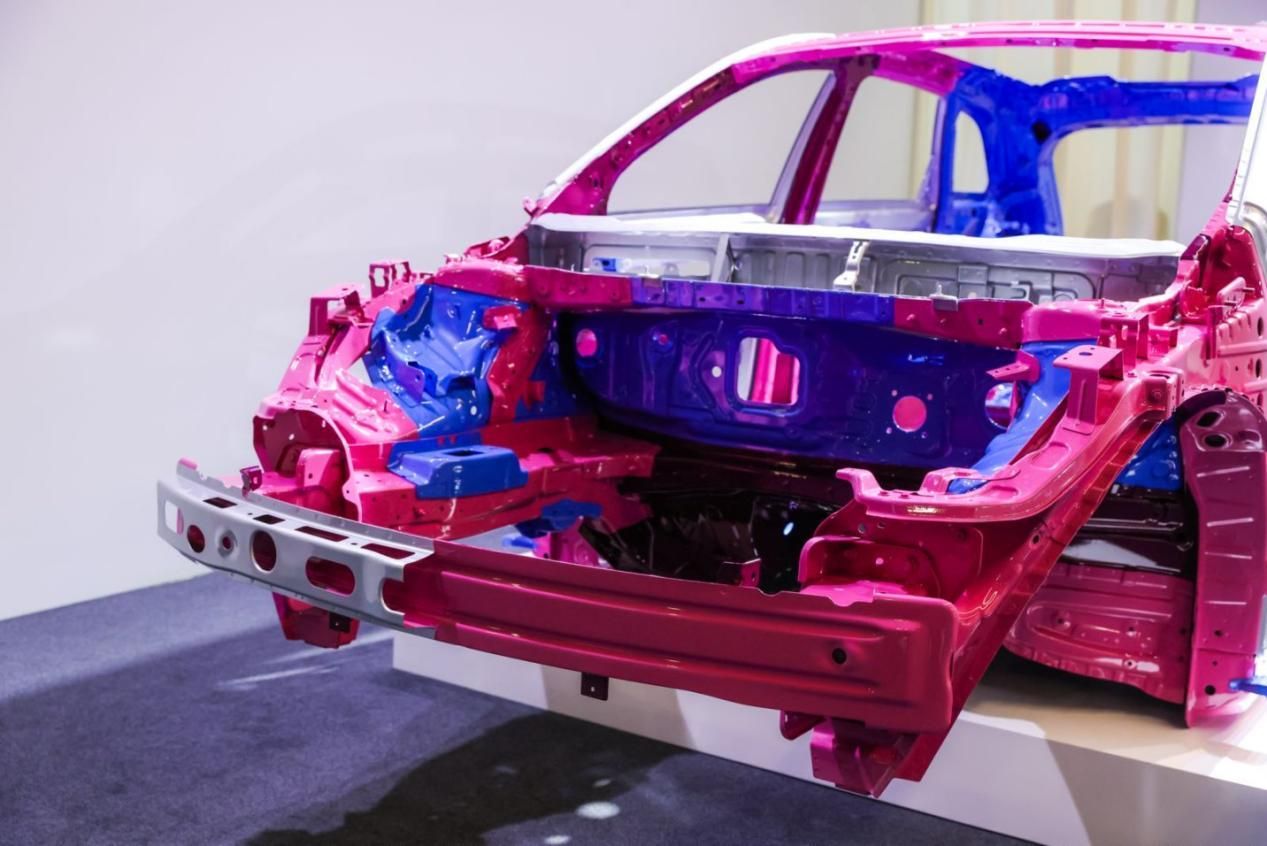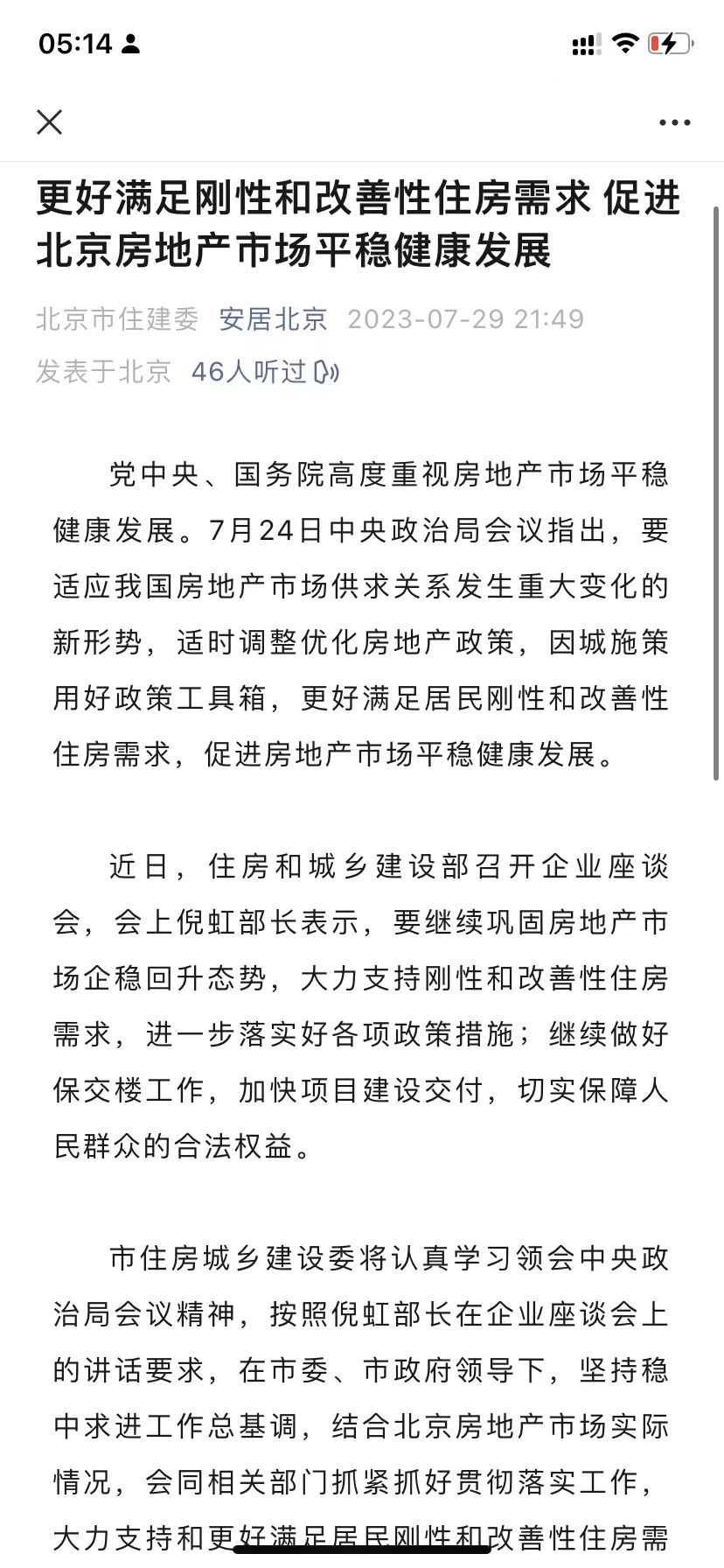First, English emphasizes structure, while Chinese emphasizes semantics.
Mr. Wang Li, a famous linguist in China, once said: "As far as sentence structure is concerned, western languages are ruled by law, while China languages are ruled by men." (China’s Grammar Theory, Collected Works of Wang Li, Volume I, Page 35, Shandong Education Press, 1984)
Let’s take a look at the following example:
Children will play with dolls equipped with personality chips, computers with inbuilt personalities will be regarded as workmates rather than tools, relaxation will be in front of smell television, and digital age will have arrived.
Children can play with dolls with personality chips; Computers with embedded personality devices will be regarded as people’s work partners rather than just tools; In leisure time, TV can also meet the needs of people’s sense of smell-at that time, the digital age has arrived.
This English is a compound sentence composed of four independent sentences. The first three sentences are in simple future tense, and the last sentence is in future perfect tense. The relationship between sentences is clearly expressed by tense, comma and coordinate conjunction and. The Chinese translation is obviously a simple narrative, and the relationship between sentences is completely expressed through the semantics of sentences: the first three sentences can be regarded as a coordinate relationship, and the last sentence represents the result.
Second, there are many long sentences in English and many short sentences in Chinese.
Because English is a language ruled by law, as long as there are no structural mistakes, many meanings can often be expressed in one long sentence; Chinese, on the other hand, is just the opposite. Because it is "rule by man", semantics are directly expressed through words, and different meanings are often expressed through different short sentences. It is for this reason that almost 100% of English-Chinese test questions are long and complicated sentences, and translation into Chinese often becomes many short sentences.
For example, interest in historical methods had arisenless through external challenge to the validity of history as an intellectual discipline and more from internal quarles about historians.
People are interested in historical research methods, which is not so much because of external challenges to the effectiveness of history as a knowledge discipline as because of internal disputes among historians.
The original English sentence is a typical long sentence, which consists of 27 words, without any punctuation marks in the middle. The meaning of the whole sentence is broken up completely by grammatical structure: less through…and more from constitutes a complex adverbial modifier verb arisen. In Chinese translation, the important content of "generating interest" is expressed in an independent sentence, and two different reasons are expressed in different sentences, and the whole sentence is broken into parts.
Third, there are many clauses in English and many clauses in Chinese.
English sentences can not only make sentences longer by using long modifiers in simple sentences, but also make sentences more complicated by using clauses, which are often connected with the main sentence or other clauses through clause guides. Although the whole sentence is complicated on the surface, it is a whole. Chinese likes to use short sentences, and the expression structure is relatively loose, so clauses in English sentences often become clauses when translated into Chinese.
For example, on the whole such a conclusion can be drawn with a certain degree of confidence but only if the child can be assured to have had the same attitude T. owards the test as the other with whom he is compared, and only if he was not punished by lack of relevant information which they possessed.
Generally speaking, it is certain to draw such a conclusion, but two conditions must be met: it can be assumed that this child’s attitude towards the test is the same as that of another child compared with him; He has not been deducted for lack of relevant knowledge that other children have already mastered.
The two clauses led by only if in the original text obviously make the whole sentence very complicated, but because of the coordinate conjunctions but and, the logical relationship of the whole sentence is very clear: … can draw a conclusion … but as long as … and as long as …. From the above translation, we can see that, in order to make Chinese expression more clear, but only if…and only if … first of all, outline: but two conditions must be met … This gives us the impression that there are no clauses in the translation, but only some different clauses.
Four, the subject, object and other noun components "English pronouns, Chinese nouns".
In sentences, English uses nouns and prepositions, while Chinese uses verbs.
English has not only personal pronouns such as we, you, he, they, but also relative pronouns such as that and which. In long and complicated sentences, in order to make the sentence structure correct and the semantics clear, and avoid repetition in expression, English often uses many pronouns. Although there are pronouns in Chinese, due to the relatively loose structure and short sentences, too many pronouns cannot be used in Chinese, and the use of nouns often makes the semantics clearer. Please look at the following example:
There will be television chat shows hosted by robots, and cars with pollution monitors that will disable them when they offend.
At that time, there will be TV talk shows hosted by robots and cars equipped with pollution monitors. Once the pollution of these cars exceeds the standard (or violates the rules), the monitors will stop them.
Five, English is more passive, and Chinese is more active.
English prefers to use the passive voice, especially for scientific English. Although there are words such as "Bei" and "You" in Chinese that indicate that actions are passive, this expression is far less common than the passive voice in English, so passivity in English often becomes initiative in Chinese translation. Let’s first look at the Chinese translation of a group of commonly used passive sentence patterns:
It must be pointed out that … It must be pointed out that …
It must be admitted that … It must be admitted that …
It is imagined that … People think that …
It can not be denied that … There is no denying that …
It will be seen from this that …
It should be realized that … It must be realized that …
It is (always) stressed that … People (always) emphasize …
It may be said without fear of investigation that … It is no exaggeration to say that …
These commonly used passive sentence patterns are idiomatic expressions, which appear frequently in EST. Candidates should not only be familiar with the fixed translation of these sentence patterns, but also realize that many English passives are customarily translated into Chinese actively. Let’s look at a typical example:
And it is imagined by many that the operations of the common mind can by no means be compared with these processes, and that they have to be required by a sort of special training.
Many people think that the thinking activities of ordinary people can’t be compared with those of scientists at all, and that these thinking activities must be mastered through some special training.
There are three passive voices in the original text: imagined, be compared and be required, which all become active expressions when translated into Chinese: think, compare and master.
Some English passives need to be translated into Chinese objects, so as to be more in line with Chinese expression habits.
For example: new sources of energy must be found, and this will take time, but it is not likely to result in any situation that will ever restore that sense of cheap and plentiful energy we have had in the past time.
New energy sources must be found, which takes time; And the situation that we felt in the past that energy was cheap and abundant will not happen again.
Six, English changes more, Chinese repeats more.
Anyone who is familiar with English knows that English often changes its expression when expressing the same meaning. The first time you say "I think", the second time you use "I think" is obviously boring, so you should use expressions like "I believe" or "I imagine". In contrast, Chinese is not as demanding of changing expressions as English, so many changing expressions in English can be translated into repeated expressions. Please look at the following example:
The monkey’s most extraordinary accomplishment was learning to operate a tractor. By the age of nine, the monkey had learned to solo on the vehicle.
The monkey’s greatest achievement is learning to drive a tractor. By the age of nine, the monkey had learned to drive a tractor alone. Tractor and vehicle obviously both mean "tractor" in the sentence, and there are changes in English expression, but repeated expression is used when translating into Chinese.
Seven, English is more abstract and Chinese is more concrete.
People who have done more translation practice have this experience: it is difficult to translate English sentences mainly because of their complex structure and abstract expression. By analyzing the structure of sentences, changing long sentences into short sentences and clauses into clauses, structural problems are often solved. Expressing abstraction requires the translator to thoroughly understand the meaning of the original text and express it in concrete Chinese, which is often more challenging for the translator.
Let’s look at a set of examples first:
Disintegration fell apart
Ardent enthusiastic; Enthusiastic
Loyalty is loyal.
Total exhaustion is exhausted
Far-sightedness is farsighted
Careful consideration is thoughtful.
Perfect harmony is harmonious; mix as well as water and milk—be in complete harmony
Feed on fancies painting cakes to satisfy hunger.
With great eagerness, hungry
Lack of perseverance fishes for three days and dries the net for two days.
Make a little contribution (donation, donation)
On the verge of destruction is at stake.
It is not difficult to see from the above examples that English expressions are often more abstract, while Chinese prefers to be more specific. Let’s look at another translation:
Until such time as mankind has the sense to lower its population to the points whereas the planet can provide a comfortable support for all, people will have to accept more "unnatural food."
Unless man finally realizes that the population should be reduced to such an extent that the earth can provide enough food for all, people will have to accept more "artificial food".
There are three abstract nouns in the original text: sense, point and support, and two abstract adjectives: comfort and unnatural. Among them, sense can mean "feeling" and "judgment", point means "point", support means "supporting", "comfortable" and "unnatural", all of which are very abstract words. If we don’t concretize them, the translation may be like this:
Eight, English more extension, Chinese more reasoning.
There are two common sayings in English: one is "You know a word by the company it keeps", and the other is "Words do not have meaning, but people have meaning for them". This shows that the definition and interpretation of words in dictionaries are dead, while the language in practical use is alive. From the perspective of the original text, this kind of flexible use is an extension of the meaning and usage. To understand this extension accurately in translation, the translator needs to make inferences. For example:
While there are almost as many definitions of history as there are historians, modern practice most closely conforms to one that sees history as the attempt to recreate and explain the significant events of the past.
Although there are almost as many definitions of history as historians, modern practice is most in line with the definition that history is regarded as the reproduction and explanation of major historical events in the past.
"recreate" is "re-created" according to word formation and general dictionary explanation, but it is not difficult to find that it has the object the significant events of the part. Logically speaking, "major historical events in the past" cannot be "re-created", and the author obviously extends the meaning of the word recreate. Translators often have the feeling that a word is clearly known, but they just don’t know how to express it. This is actually the extension and reasoning of words at work.
Related reading
Speech by the President of HKU Centennial Celebration
The art of expressing sympathy
Locke’s speech at the official residence media meeting
Singapore Prime Minister Lee Hsien Loong’s National Day Speech in 2011
(Source: English McDonald’s Editor: Cui Xuyan)



